Colorado’s largest city by population and its capital, Denver, is one of the most popular American cities in recent years for newcomers moving in. There are many wonderful reasons to move to the Mile High City, from its sunny climate to an amazing amount of things to do.
During the 2020 census, Denver recorded a population of 715,522, and its 2025 projected population is only slightly higher at 716,577. The Metropolitan Area grew more though, going from 2,963,821 during the 2020 census to an estimated 3,421,741 in 2025. Texas and California sent the most people to Colorado last year, compared to other states.
Here are a few of the favorite reasons people are moving to Denver, in no particular order:
1. Rocky Mountains In Your Backyard
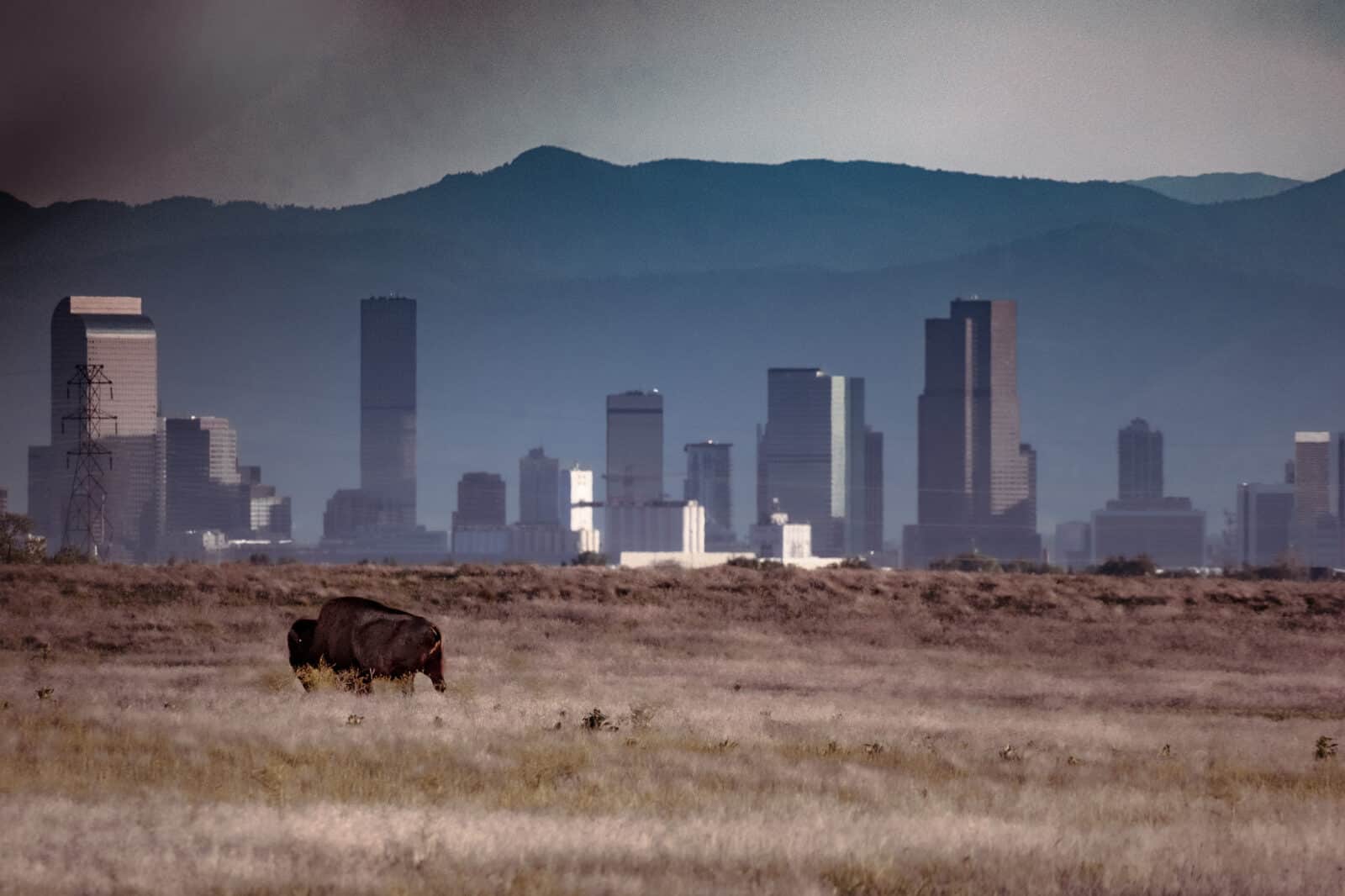
The front range of Colorado’s Rocky Mountains set the backdrop to the Denver Metropolitan Area. They rise high above Denver’s 5,280 feet, with 3 fouteeners (mountains over 14,000 feet) visible from the city. Mt. Blue Sky is the closest to Denver, at 14,130 feet. Take the Mt. Blue Sky Byway up to just shy of the tippy-top, there is a short hike to the peak.
Located south near Colorado Springs, Pikes Peak is also visible and a fun day trip from the city. You can also drive up to the top of this one on the Pikes Peak Highway. The third and final fourteener visible from Denver is Longs Peak, which is south of Estes Park.
For fans of skiing and snowboarding, there are at least a dozen ski resorts near Denver that can be day-tripped comfortably. Keep in mind that weekdays are best to limit the wait in Interstate-70 traffic.
2. Hundreds of Sunny Days
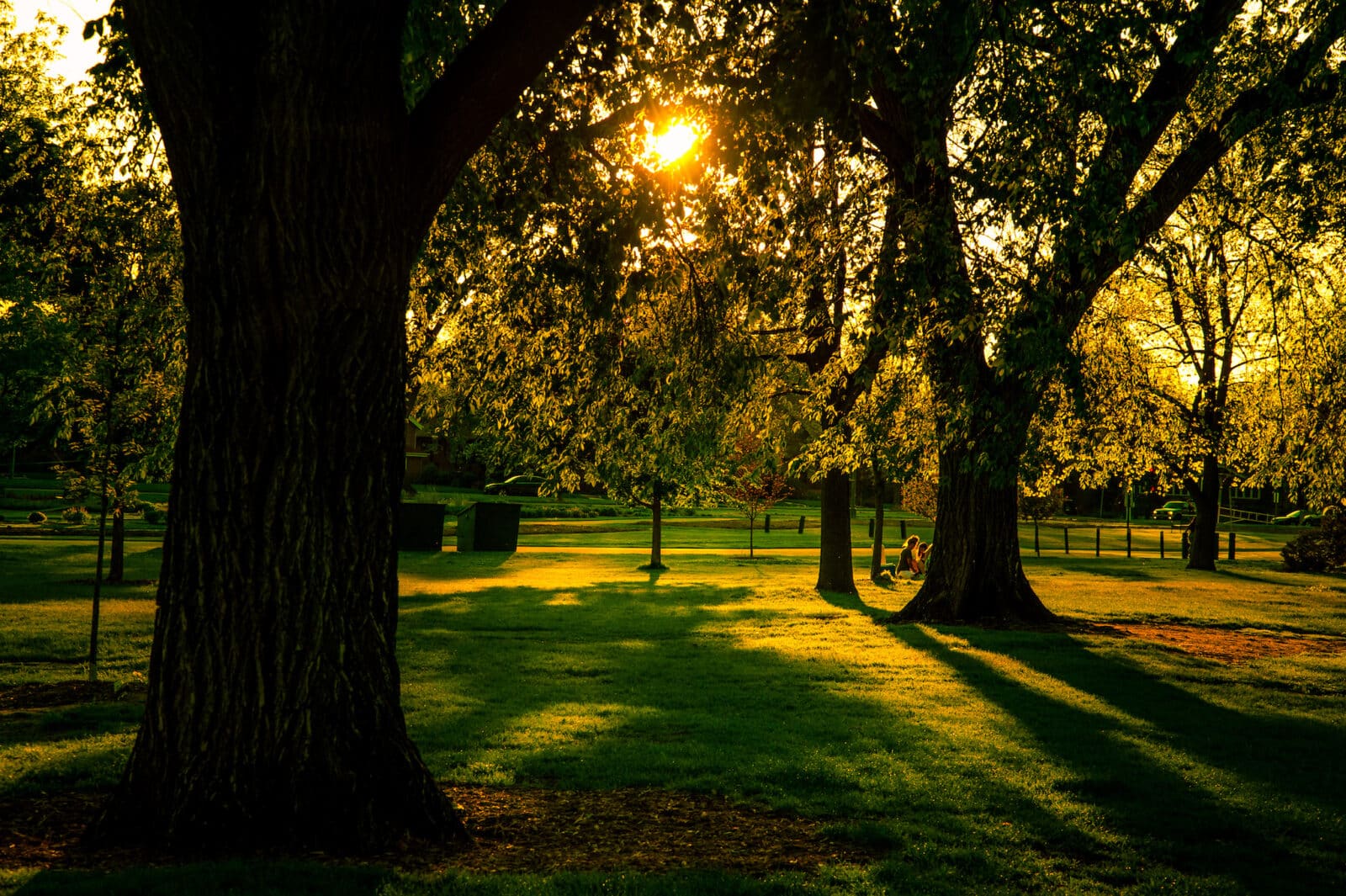
While it’s actually a myth of more than 300 sunny days per year, Colorado still gets a lot, and Denver specifically, averages 245 sunny days per year. Even in the winter, you can count on a good number of sunny days and occasionally even warmer weather. Summers get hot though, but it cools down at night thanks to the mile-high elevation.
Denver Weather Averages: (Source NOAA)
| Month | High / Low (°F) | Rain |
|---|---|---|
| January | 48° / 20° | 2 days |
| February | 49° / 20° | 3 days |
| March | 58° / 29° | 3 days |
| April | 65° / 35° | 5 days |
| May | 73° / 45° | 6 days |
| June | 86° / 55° | 4 days |
| July | 92° / 62° | 5 days |
| August | 90° / 59° | 4 days |
| September | 83° / 50° | 4 days |
| October | 68° / 37° | 3 days |
| November | 57° / 27° | 2 days |
| December | 48° / 20° | 2 days |
C
3. Endless Entertainment
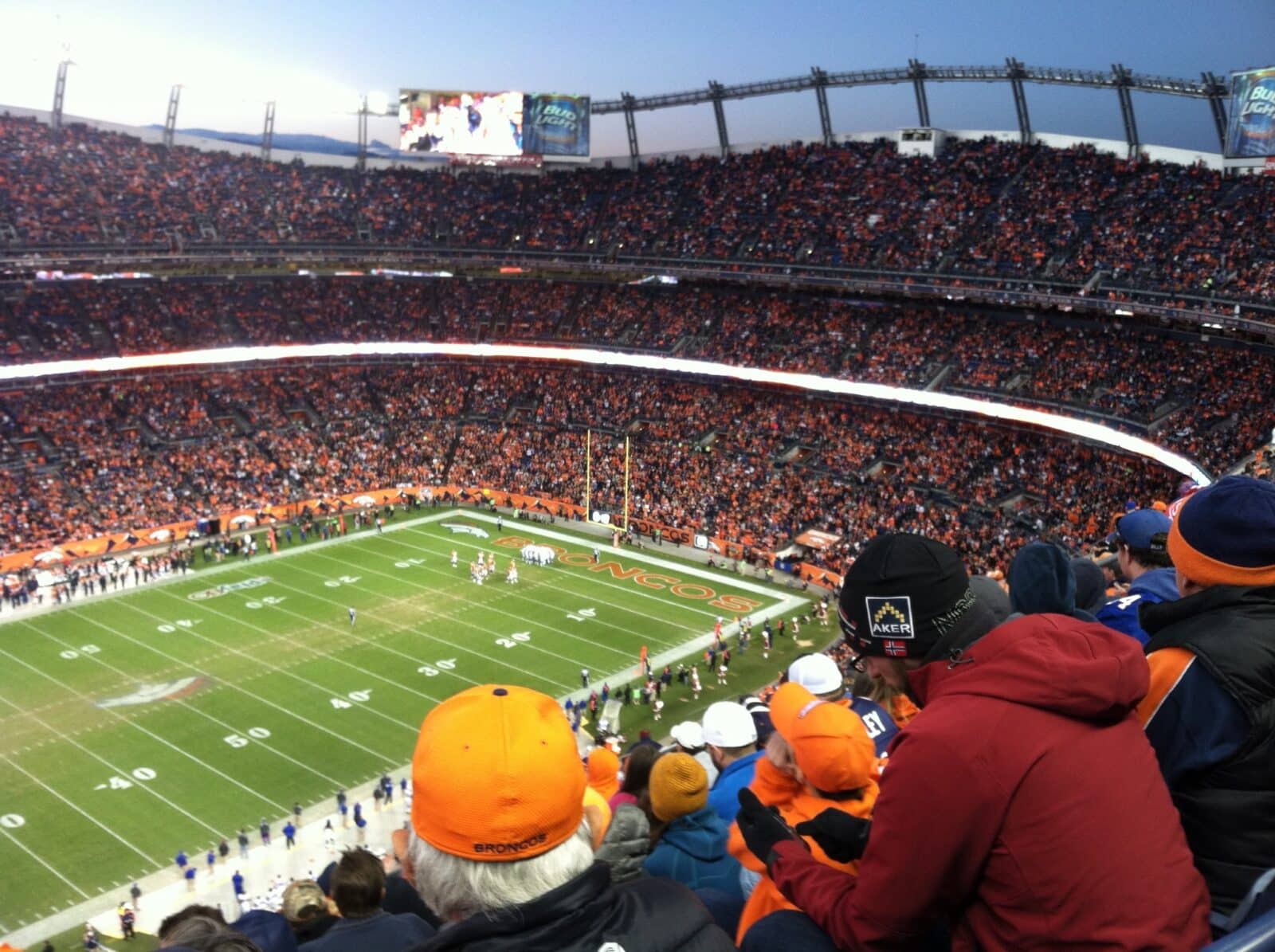
One of the residents’ favorite attributes about Denver is the plethora of things to do. There are a handful of professional sports teams, including the Denver Rapids for soccer, the Denver Broncos for football, the Denver Nuggets for basketball, the Colorado Avalanche for hockey, and the Colorado Mammoth for lacrosse.
Every month and seemingly every weekend there is an awesome festival to attend somewhere in the metro. From widely known events like the National Western Stock Show and Great American Beer Festival to more obscure holiday celebrations, there’s always something happening around Denver. Browse all Colorado annual events for something cool to do on your next free weekend.
4. Public Transportation
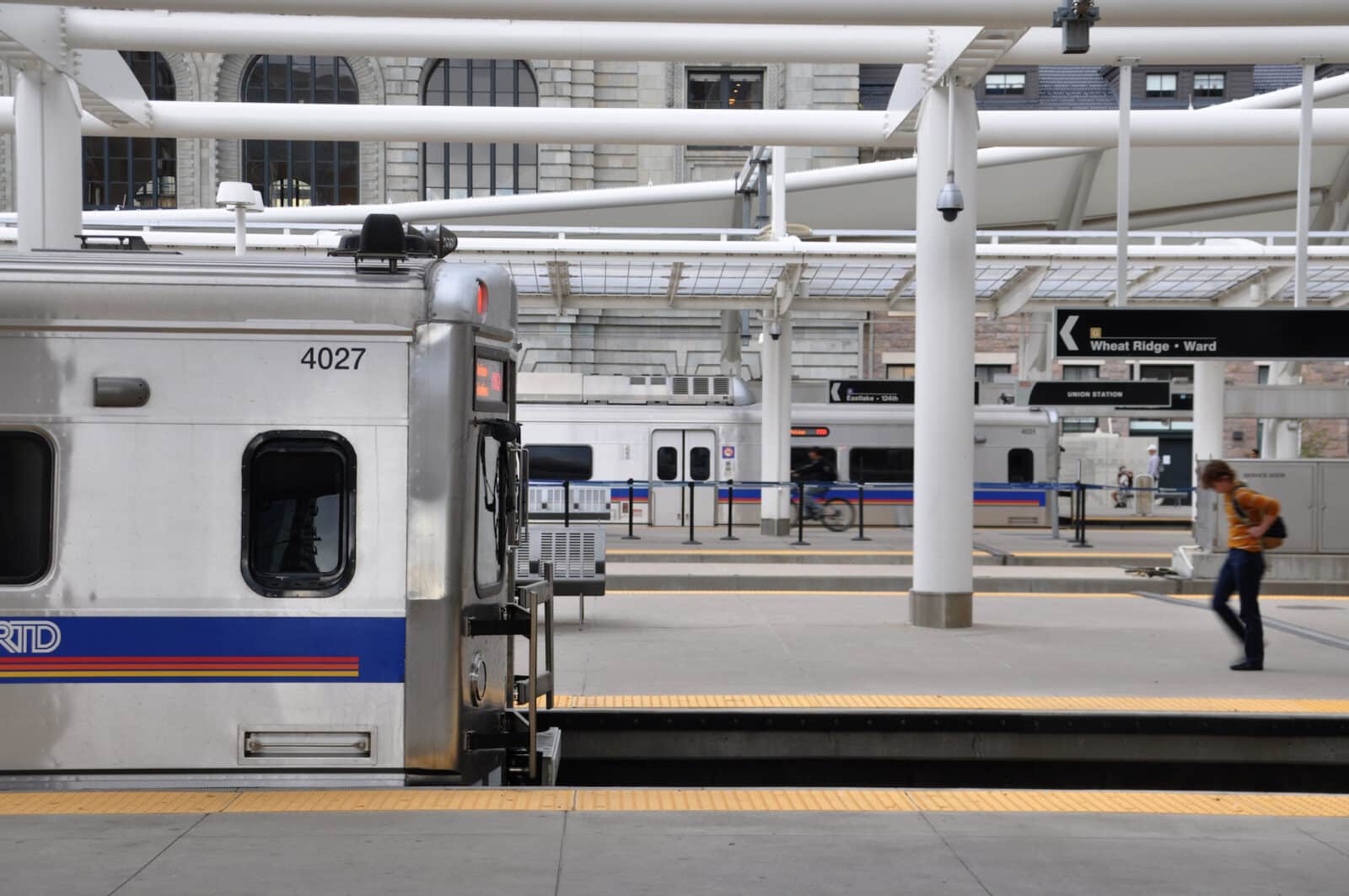
Denver has a terrific train system run by the RTD called the Light Rail, which gets you around a lot of the metropolitan area. It runs year-round for reasonable rates, and there’s even an airport train to take your next international departure. While there are many train stops around the city and suburbs, the hub of it all is Union Station in Lower Downtown.
In addition to the Light Rail, Denver has dozens of routes for its RTD buses. In addition to the inner-city and suburban routes, some buses go to Colorado Springs and the mountains, such as the Bustang.
5. Wide Array of Restaurants

Denver’s restaurant scene is always improving. There are many stellar restaurants to choose from and pretty much any international food you might be craving. Whether it’s Western fare or Tex-Mex, the Mile High City has some iconic dining spots for all tastes.
In March, Denver Restaurant Week is celebrated over ten days. Many restaurants participate around the metro, offering plates from $25 to $55 per person. Other events like Taste of Colorado in September and weekly food trucks in Civic Center Park highlight the foodie culture here.
6. Vibrant Nightlife
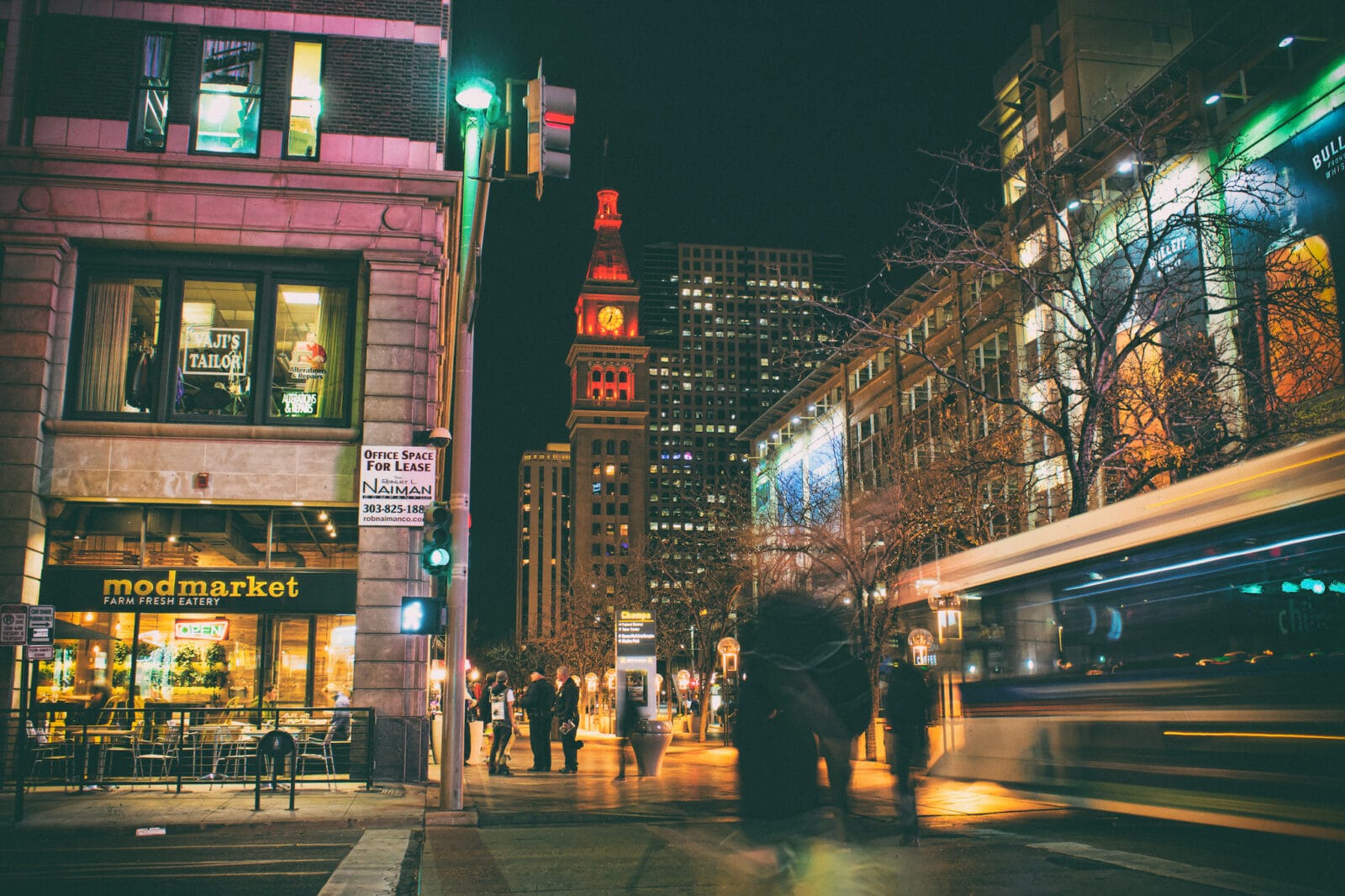
Piggybacking off the aforementioned endless entertainment, Denver has a solid nightlife scene. From a myriad of date night spots to hidden bars and speakeasies, there are a lot of ways to spice up your night.
Next time you want to soak up a sunset, consider one of Denver’s rooftop bars for the occasion. A handful of these can be found around the city, with one of the best being Halo inside the Kimpton-Claret Hotel in the DTC.
Learn more about the bars in Denver at Mile High Happy Hour.
7. Public Parks
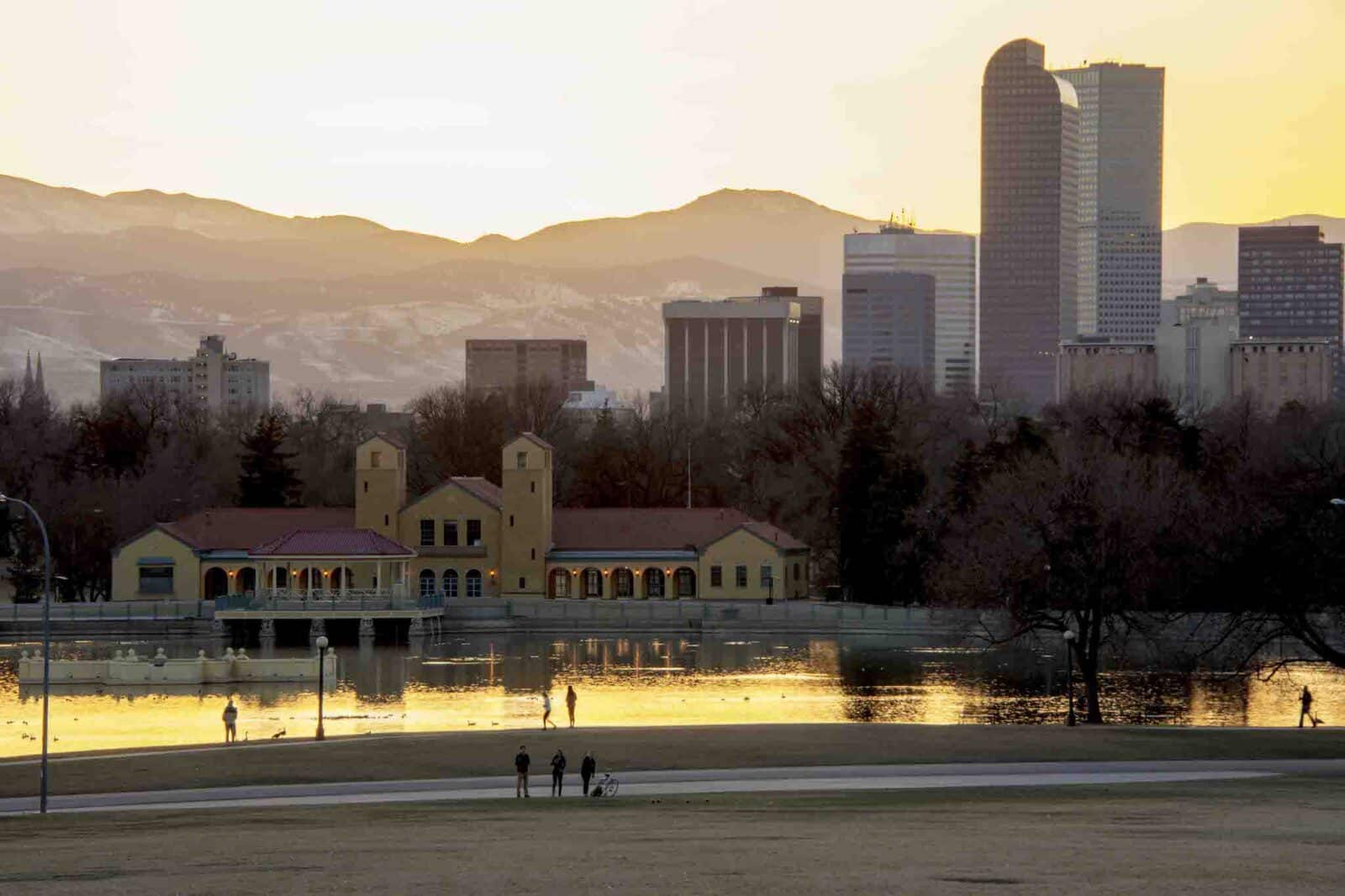
Green spaces are easy to come back in the Mile High City. Favorite public parks include Wash Park, Sloans Lake, and City Park, among a variety of others. Go for an early morning jog, an evening stroll, or a weekend game of volleyball. These parks are popular places for meetups and recreation games like kickball.
A handful of state parks can be accessed from an easy drive of Denver. Cherry Park is the closest, situated on the edge of the city in neighboring Aurora. Chatfield Lake is another one that’s quick to get to, located south of the city in Littleton.
For overnight trips, Colorado boasts some cool national parks near Denver, though a bit far for a day trip. The closest is Rocky Mountain National Park at around an hour and a half, but you’ll likely need reservations at this busy spot.
8. Great Neighborhoods
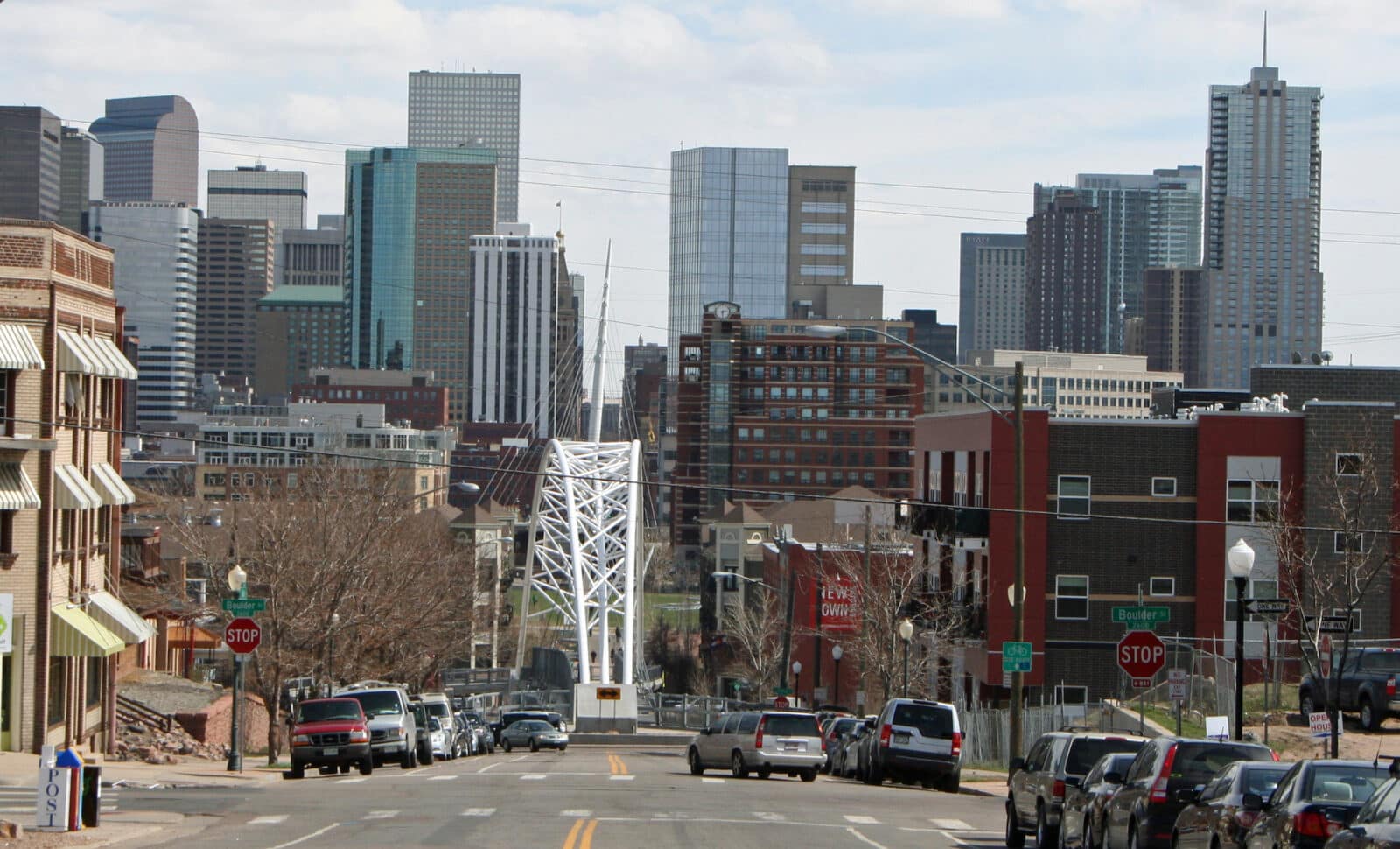
What’s great about Denver is that not all the action is concentrated downtown. Many trendy neighborhoods exist with their little downtown sections and activities. Dozens exist all around the city center.
Some of the favorites include the Highlands, Five Points/RiNo, South Broadway, Wash Park, Capitol Hill, and Uptown. Several of these put you within walking distance of Downtown Denver, while others are located along a train stop.
If you’re looking for a city feel outside of Downtown, Capitol Hill is your best bet, as it is the most densely populated neighborhood. Uptown also offers this feel. On the contrary, neighborhoods like Highlands, Sloans Lake, and City Park, give off a more suburban feel, though within an urban center.
9. Cool Suburbs

As great as Denver is, its suburbs are also fantastic places to reside. Unfortunately, like the capital city, they are all pretty pricey as of late.
I-25 runs north-south through the city. If you’re looking to be closer to the mountains, aim for cities west of this interstate, such as Edgewater, Wheat Ridge, Lakewood, Englewood, Littleton, Highlands Ranch, Morrison, Golden, Arvada, Westminster, Federal Heights, and Broomfield.
Cities to the east of or bordering I-25, some on both sides, include Glendale, Centennial, Greenwood Village, Aurora, Lone Tree, Parker, Commerce City, Northglenn, and Thornton. There were some cities probably left out, and more so as you expand the radius around the city, so we’ve included a clickable Google map to learn more about each place.
Without traffic, you can be across the entire Denver Metropolitan Area pretty quickly. However, unless you’re driving really early in the morning or late at night, you’ll probably hit traffic at some point crossing across the metro. For this reason, choose a location close to where you’ll be working and/or playing for minimum time stuck behind the wheel.
10. Large Job Market
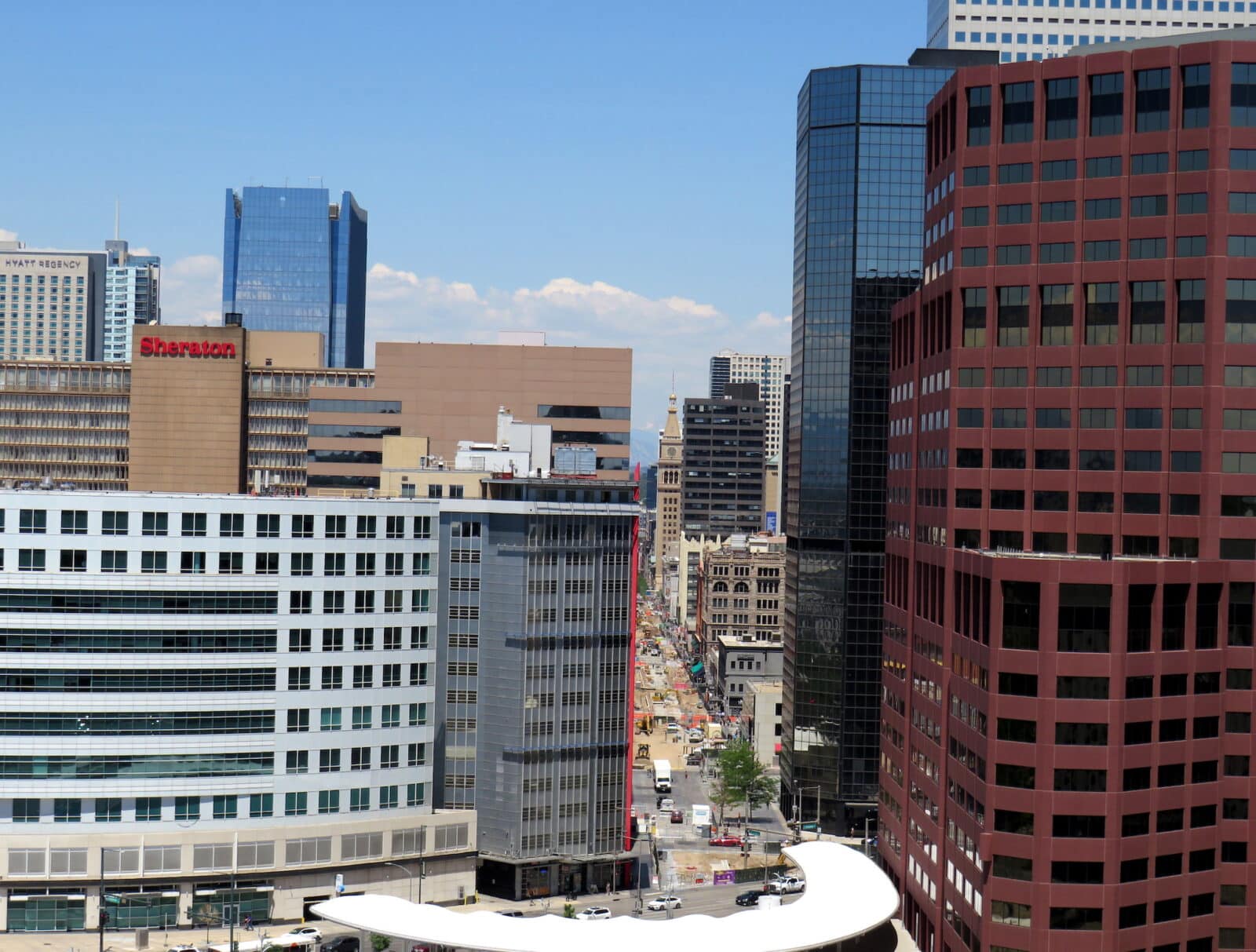
Given its size of 3.4 million in the Denver Metropolitan Area, jobs will be found in a wide variety of fields. Denver is one of the leading tech hubs of the Western United States. I.T. and finance are two of the most popular growing industries, with a focus on software development and AI.
In 2025 the job market is tight though so try to line up a few interviews or better yet a job before settling here. Keep grinding, learning new skills, and connecting with professionals in your area. Network.
It’s not all roses moving to the Mile High City. There are downsides, like constant traffic and high housing costs. Some people look to move to Colorado Springs instead for a cheaper cost of living in terms of renting and buying a house. For those considering the Olympic City to the south, check out our Denver Versus Colorado Springs article, which highlights key differences between Colorado’s two largest cities.
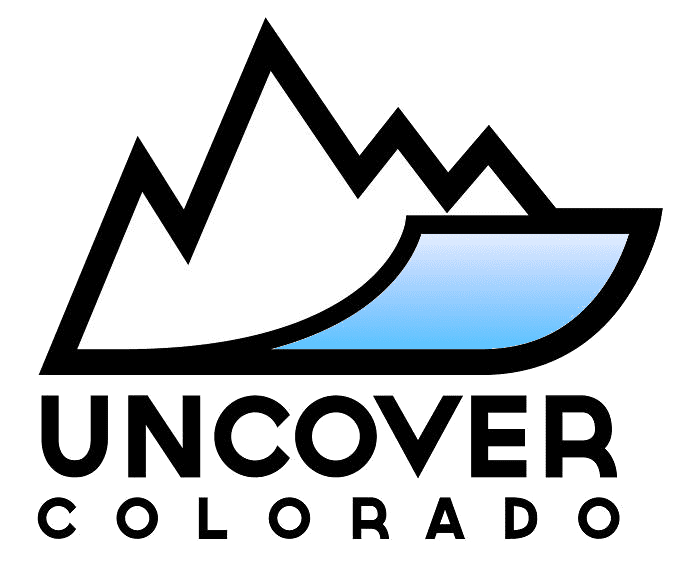

 Top Things To Do in Leadville, Colorado
Top Things To Do in Leadville, Colorado